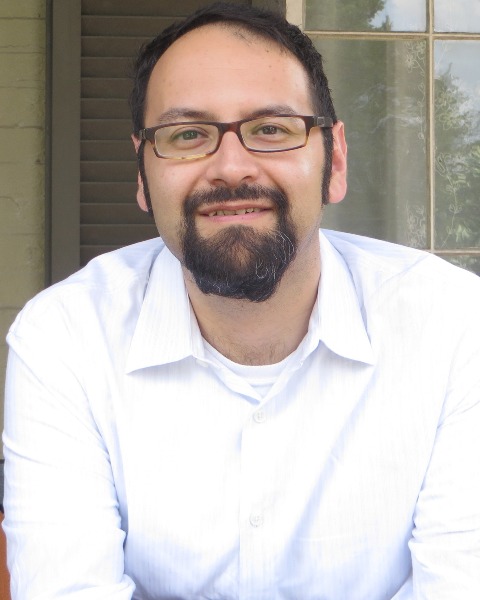Ignite
Nonprofit and Foundations
Ignite Session 3
Getting Kids to Share Their Stories: Lessons Learned in Obtaining Youth Feedback
Thursday, October 12, 2023
3:45 PM - 4:45 PM ET
Location: Room 209

Isaac Castillo, M.S. (he/him/his)
Senior Advisor - Learning and Evaluation
KABOOM!, Maryland, United States
Presenter(s)
Abstract Information: Evaluating youth-focused programming can be difficult. Particularly when trying to capture the voices and opinions of young children. Small children are often too young to answer surveys, individual interviews are resource intensive, and attempting to capture youth voice through parents or caregivers is frequently fraught with challenges. However, capturing and reflecting youth voice can be done if evaluators are willing to embrace their inner child and are open to responses crafted in crayon. In this session, KABOOM! will describe its process to collect youth opinions and voice as part of its playground design process. We will share some ideas to collect authentic feedback from 2 to 12-year-olds and how we combine that with feedback from adults and construction professionals. We will then discuss how we honor that youth voice by allowing kids to make a vital decision: picking what will go onto a playground in their neighborhood.
Relevance Statement: Evaluators frequently struggle capturing youth voice – either to inform program design or to accurately reflect changes in outcomes / conditions. Young children in particular can be difficult to get information out of, as many struggle to understand and complete surveys. And while individual interviews or focus groups are possible, they are also very resource intensive. At KABOOM!, we regularly collect youth opinions on an area they are experts in: playgrounds! Dozens of times a year, through a process we call Design Days, we work with children across the United States to collect complicated feedback on playground components and playground construction. But rather than collect this feedback through traditional data collection methods, we ask kids to draw their ‘dream playground’ with crayons. These pictures are collected by our staff and combined with real-world limitations that existing at each playground site. The result is a series of recommended playground designs that are then shared back with children, who get to vote on the final playground design. Our staff are trained in how to interpret child drawings and aggregate the feedback, but other evaluators have used drawings to conduct similar work. In this Ignite session, we will share the KABOOM! process for documenting youth voice and empowering child decision making. We hope that our examples will help evaluators to seek out youth stories, as they have critical insight into understanding how youth-focused interventions operate and if they are effective.
Relevance Statement: Evaluators frequently struggle capturing youth voice – either to inform program design or to accurately reflect changes in outcomes / conditions. Young children in particular can be difficult to get information out of, as many struggle to understand and complete surveys. And while individual interviews or focus groups are possible, they are also very resource intensive. At KABOOM!, we regularly collect youth opinions on an area they are experts in: playgrounds! Dozens of times a year, through a process we call Design Days, we work with children across the United States to collect complicated feedback on playground components and playground construction. But rather than collect this feedback through traditional data collection methods, we ask kids to draw their ‘dream playground’ with crayons. These pictures are collected by our staff and combined with real-world limitations that existing at each playground site. The result is a series of recommended playground designs that are then shared back with children, who get to vote on the final playground design. Our staff are trained in how to interpret child drawings and aggregate the feedback, but other evaluators have used drawings to conduct similar work. In this Ignite session, we will share the KABOOM! process for documenting youth voice and empowering child decision making. We hope that our examples will help evaluators to seek out youth stories, as they have critical insight into understanding how youth-focused interventions operate and if they are effective.

